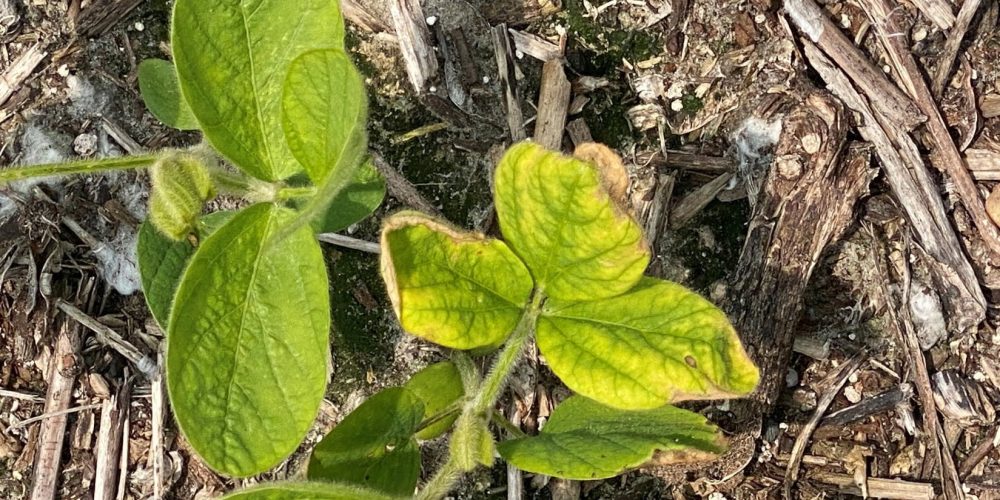Table of contents of the article
ToggleA deficiency of potassium in legumes can lead to problems in plant growth and crop quality, affecting productivity. In this article on your website, WORLD OF PLANTS, we will review how to recognize the signs of potassium deficiency and ways to address this problem to ensure the health and safety of legumes.
Symptoms of potassium deficiency in legumes
Name of the disease: Potassium deficiency
Scientific name: Potassium Deficiency
Type of disease Family of diseaseType: Non-biotic
Disease family: Physiological diseases
Symptoms of its deficiency: Potassium plays an important role in vital processes. It is necessary in the formation of proteins and carbohydrates and the reduction of nitrates in plants. It helps in converting carbohydrates into fats. It is an auxiliary factor of great importance in chemical processes within the plant. It activates some protein-producing enzymes and also helps in the metabolism of Protein. Potassium increases the effectiveness of enzymes involved in carbohydrate exchange and accumulation of sugars and starch, and encourages the transfer of carbohydrate materials from processing areas to storage sites.
The effect of increasing it: Excess of Potassium: Excess potassium causes poisoning to the plant, but it is a rare occurrence, and can only occur in the case of prolonged use of potassium or nitrogen fertilizers. The harms caused by excess potassium are as follows:
- High levels of potassium are not directly toxic, but the main effects appear to be a deficiency in other ions such as: calcium, magnesium, and iron.
- Potassium is alkaline; Therefore, high concentrations of more than 3% in leaves can have a harmful effect similar to alkali damage.
- Potassium can work with sodium or be a substitute for it, thus creating an imbalance in the sodium to calcium ratio.
Causes of potassium deficiency in legumes
Soil pH has a significant impact on the availability of potassium for plants. It is available in soils characterized by a pH of 6-7 or more, and symptoms of potassium deficiency appear frequently in light sandy lands. It is worth noting that most lands contain a large percentage of potassium, but in An insoluble form, and there is a definite relationship between the amount of dissolved potassium in the soil and the amount of clay in it, as clay-rich lands contain high amounts of dissolved potassium.
Suitable conditions for the spread of potassium deficiency disease in legumes
It decreases relatively in pH from 5-6 and becomes severe in pH less than 5, light sandy lands.
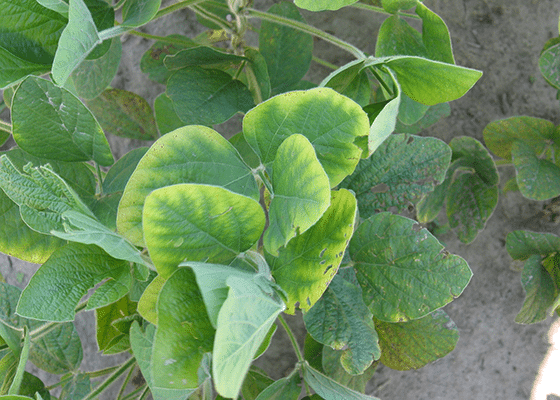

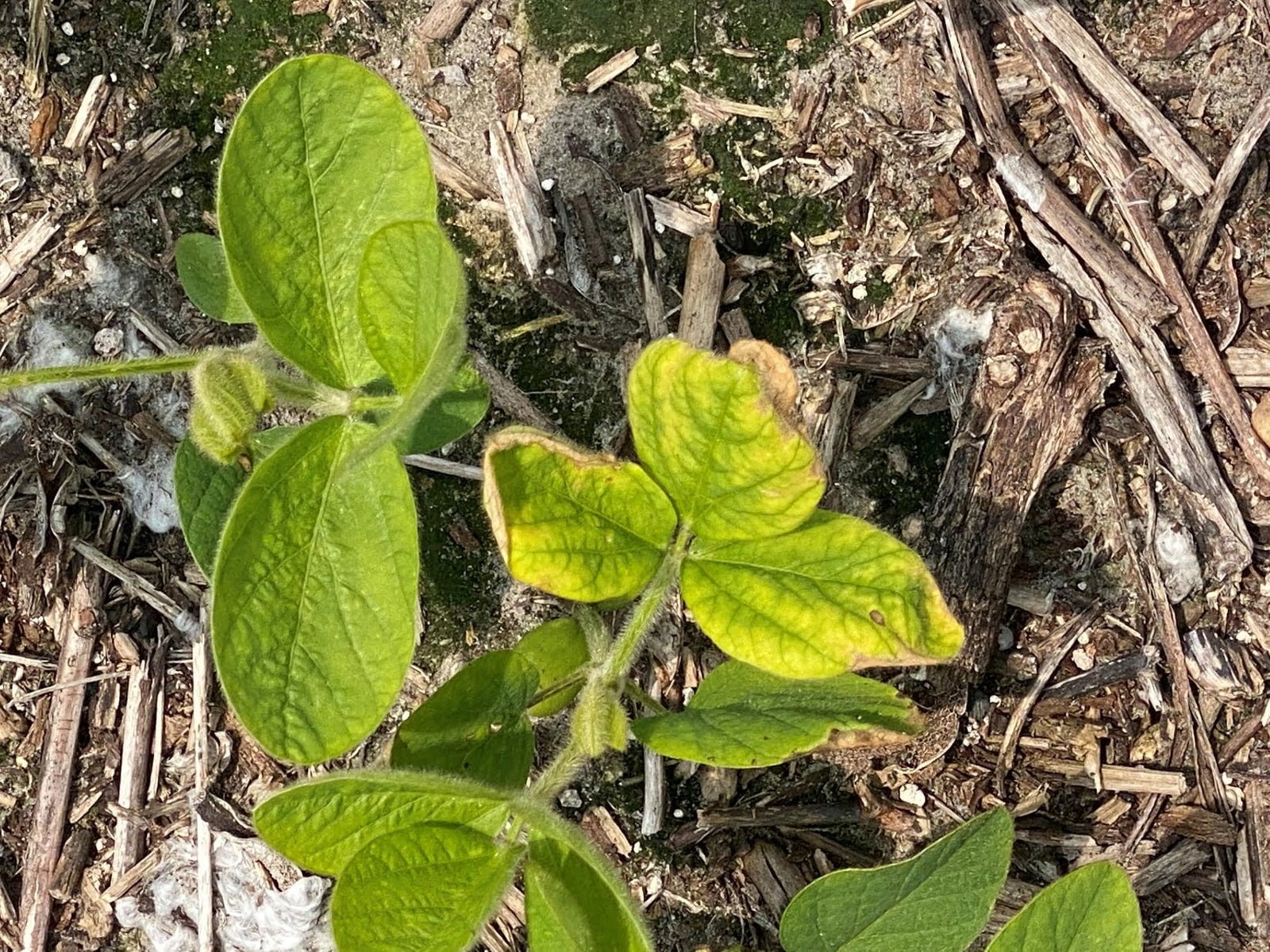
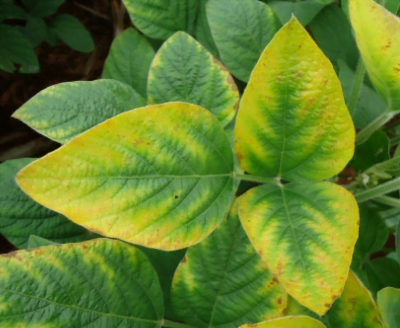
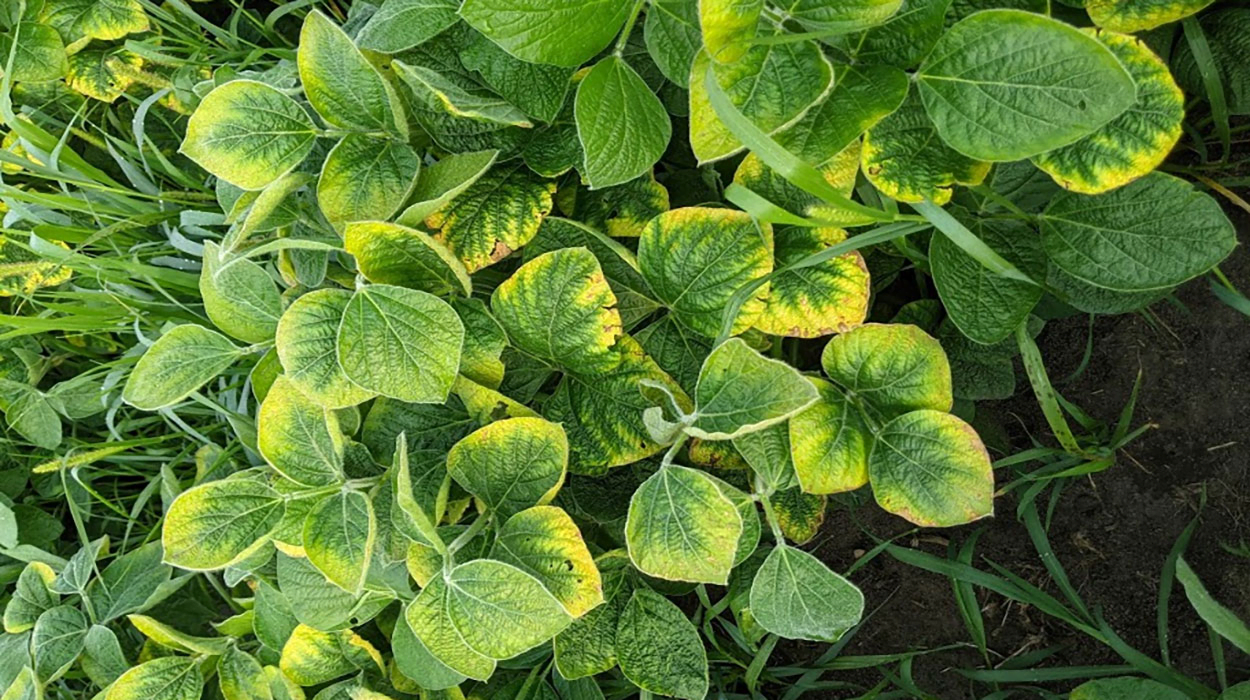
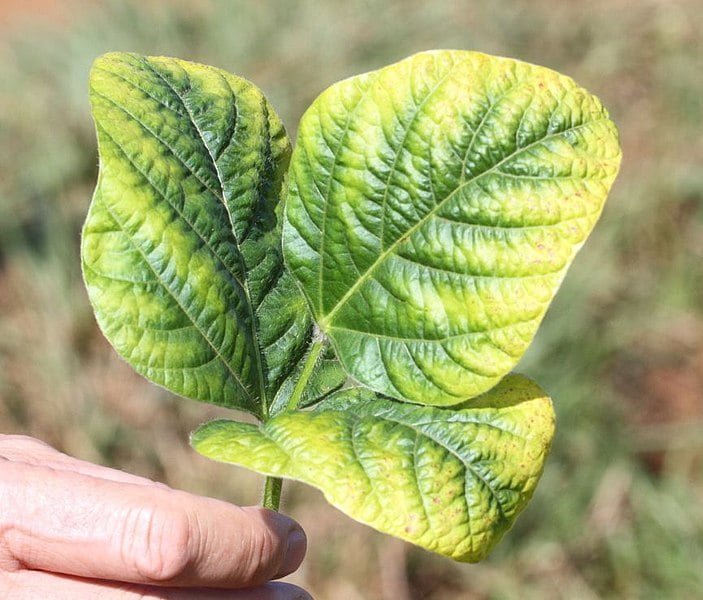
The spread of potassium deficiency disease in legumes
Potassium plays an important role in vital processes. It is necessary in the formation of proteins and carbohydrates and the reduction of nitrates in plants. It helps in converting carbohydrates into fats. It is an auxiliary factor of great importance in chemical processes within the plant. It activates some protein-producing enzymes and also helps in protein assimilation. Potassium increases the effectiveness of enzymes involved in carbohydrate exchange and accumulation of sugars and starch, and encourages the transfer of carbohydrate materials from processing areas to storage sites.
Strategy to combat potassium deficiency disease in legumes
- Chemical fertilizer
- Organic fertilizer
Fertilizer recommendations
Fertilizing with fertilizers rich in potassium, such as MKP (0-52-34) fertilizer, or fertilizers in which potassium is present in a high percentage, such as potassium thiosulfite.
Anti-membership recommendations
Fermented organic fertilizer
In conclusion, we would like to note that we, at the world of plants website, offer you all the necessary services in the world of plants, we provide all farmers and those interested in plants with three main services::-
- Artificial intelligence consulting service to help you identify diseases that affect plants and how to deal with them.
- Blog about plants, plant diseases and care of various crops ... You are currently browsing one of her articles right now.
- An application that provides agricultural consultations to clients, as well as a service for imaging diseases and knowing their treatment for free – Click to download the Android version from Google Play Store، Click to download the IOS version from the Apple App Store.
References
Symptoms of nutrient deficiency - pdf file
A guide to identifying nutrient deficiencies in the leaves and fruits of fruit trees - pdf file
Iron, zinc and manganese deficiency - pdf file




